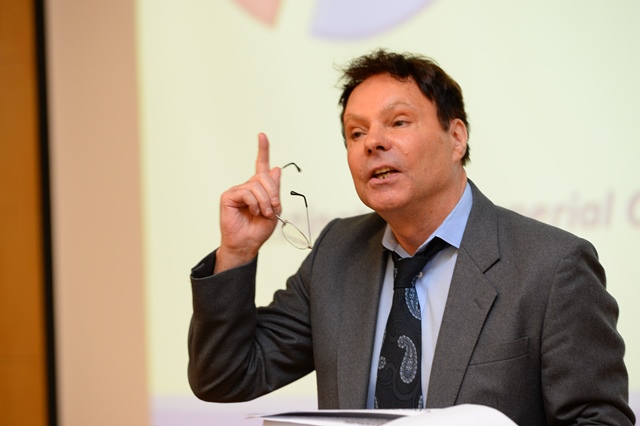
A joint research paper “Modelling of nano-filler reinforcement, filler strength and experimental results of nanosilica composites made by a precipitation method” was published in the academic journal Computational Materials Science, which was collaboration among The Sino-British College (SBC), the University of Shanghai for Science & Technology (USST) and Liverpool John Moores University (LJMU). Dr Peter Claiden, Senior Lecturer of the School of Engineering at SBC is the lead author of the joint research paper.
Computation Material Science is the journal on findings that provide new insights into materials properties and discuss applicability to specific material systems. It is published by Elsevier which is the world’s leading provider of science and health information. Elsevier publishes nearly 2,200 journals and reaches more than 30 million scientists, students and health and information professionals worldwide.
In the joint research, Dr Claiden with his colleagues presented a method that could be applied to produce nanocomposites, which is a promising and applicable material group in many areas, from a wide range of polymer and particulate materials. To be specific, it is to obtain silica/PVC from a mixture of polymer solvent and particulate suspension. The typical processing routine of producing nanoparticles and reinforce composites have possible effects on physical /functional properties of the material. So when considering the manufacturing process in the real life, a more accurate model needs to be investigated and introduced. In this paper, Dr Caiden with his colleagues used a conceptual model based on a Cluster-Cluster Aggregation (CCA) to develop an integrated modelling framework which includes the polymer chain-nanoparticle interface. This provides prediction of composite modulus (strength) which is in good agreement with experimental data. This demonstrates an advance on traditional methods that do not include the concept of filler-filler strength. With these results, Dr Caiden with his colleagues find a verifiable link between theory and experimental results which improve the understanding of reinforcement from the aggregated nanofiller and makes it possible to control nanofiller’s size and shape with the context of the manufacturing process. (The joint research paper is available at http://www.sciencedirect.com/science/article/pii/S0927025614000597 )
Besides this joint research publication, Dr Claiden and Dr Adrian Chong, Head of School of Engineering at SBC recently made contributions to a high level journal paper produced by senior academics at USST. For further information, please stay close to our follow-up news release.
Expertise Summary
Dr Peter Claiden is from Britain. He started his teaching career at University of Northumbria UK teaching Engineering for almost 10 years. And then he furthered his study at University of Cambridge and in 2002 obtained a Master of Philosophy in Materials Modeling. Later he went to UAE and taught Engineering Design, ICT & Maths for four years. He has 4 years’ experience as an Academic Researcher and 5 years working in Engineering Consultancy, including the nuclear industry and obtained his doctor degree from University of Sunderland, UK.
Related Publications
James Elliot, Jane Crawshaw, Peter Claiden et al, Department of Materials Science and Metallurgy, University of Cambridge, ‘Nucleation of polyglutamine amyloid fibres using molecular dynamics’ , Chapter 11 Modern Methods for Theoretical Physical Chemistry of Biopolymers, Elsevier (2006)
International Patent, Applicants: Peter Claiden, Wellstream International Ltd, ‘Method of producing a solid polymer’, WO2008146048 A1 (2008)





